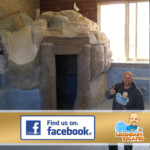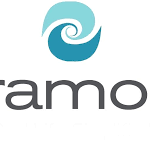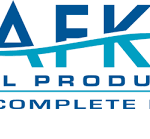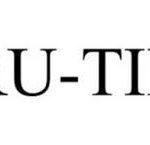Except when they are wrong.
Traditional business models tell us that to succeed in our chosen field we need to cater to the customers and do what they like. To a point, this is true. You won’t have much success as a bartender if you refuse to mix drinks for your customers.
Yet in the new connection economy, who you choose to do business with is as important as what you choose to do.
Not everyone should be your customer, and learning to turn down potential business can be terrifying and seem counter-intuitive. Creating a business that truly feeds your soul depends on doing just that, however, and it starts with knowing your true value in the marketplace.
For me, the paradigm shift began at the end of a particularly challenging project. The homeowner was beyond thrilled with the results. As he happily wrote me the final check, he turned to me and said, “You know, you could have charged me 50% more for this project and I would have paid it, no question.”
I was stunned.
On the drive home I thought about what he said, and realized I had been undervaluing my work, charging what I thought the average pool owner would want to pay. Clearly I was worth much more than I thought; having this pointed out to me by one of my own customers was a light bulb moment.
People were not just buying my pool building skills; they’re not buying the concrete and the boulders and the rock and the tile. They were buying my art and my creativity, the part of the business that feeds my soul and keeps me slogging through the concrete day after day.
And then it hit me. I didn’t want to work for the average pool owner. My work, and especially my prices, would not appeal to them, and that’s totally okay. I could shift away from the material part of what they were buying, to the esoteric.
My ideal customer, I realized, would be the property owner who wants something out of the ordinary, something epic even, and is willing to give me the artistic leeway to create that vision.
That’s not to say that the client doesn’t have a say in the final outcome; that would be ridiculous. We agree on rough plans and sketches, models and renderings. The leeway I’m talking about is a freedom to modify the plans as inspiration strikes, to choose the right color for the tile without the customer having to obsess over every detail, the ability to add on when the muses strike.
With this shift came the understanding that we had to move from the “I’ll take on any project” to being highly selective in who we work with. This did not come easy; turning down someone who is waving the money around can seem like a crazy move.
Saying no is a choice, and it’s a decision we don’t take lightly.
How do we decide who gets the “yes”? Sometimes you just know, so it can be hard to define. Still, if I had to break it down, it comes down to three characteristics:
- Being the right customer,
- With the right attitude,
- And the right energy.
The “right” customer is someone who has at least a six-figure budget for the entire project and is not afraid to spend it. They must have a suitable property on which the project will live, and be looking for something that will add lasting value to that property.
The right attitude means that they recognize the artistry and spontaneity that goes into one of our projects and they respect the creative process. They have a basic idea of the kind of environment they want, and are looking to us to materialize that idea, far beyond anything they could have imagined.
Finally, the right energy is key– positive, free flowing, trusting in us and confident in our abilities. The right customer is not hung up on the minutiae of the day-to-day build but relaxed and accepting that, like any work of art, plans change, things evolve, stuff happens and they are willing to flow with that.
When we meet potential customers with this combination, magic happens from the start and we quickly know whether or not we want to work with them, and they with us, which is really just as important.
If the magic isn’t there, or if something just feels off, we politely but firmly decline. The wrong customers have tried to cajole us and bully us to provide a quote, but if we don’t feel the situation will be successful, why waste everyone’s time?
It’s taken us many years to get to this point, partly because you must hone your craft and know what you’re doing before you can afford to take this approach. Still, if I knew now what I didn’t know back then, I would have said “no” much more often. For us, it has been the key to the undreamt-of success we have been experiencing the past few years.













